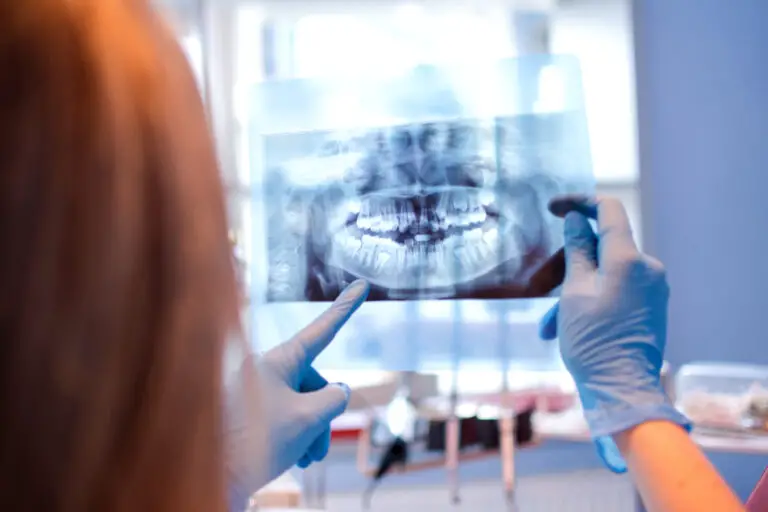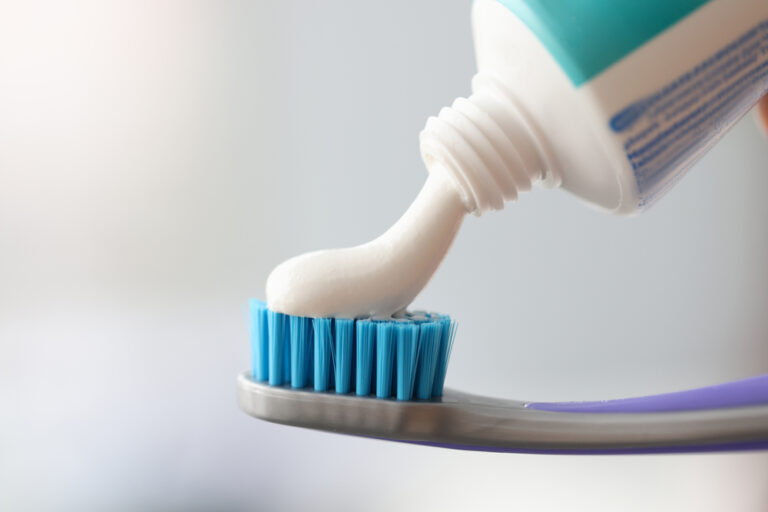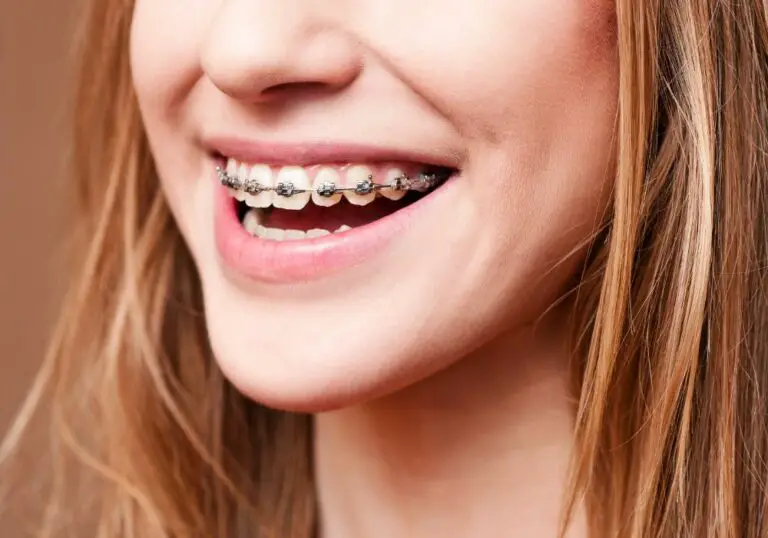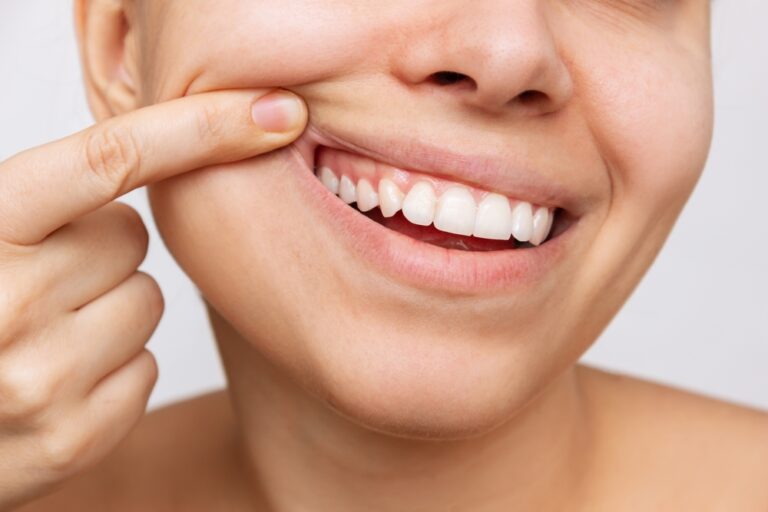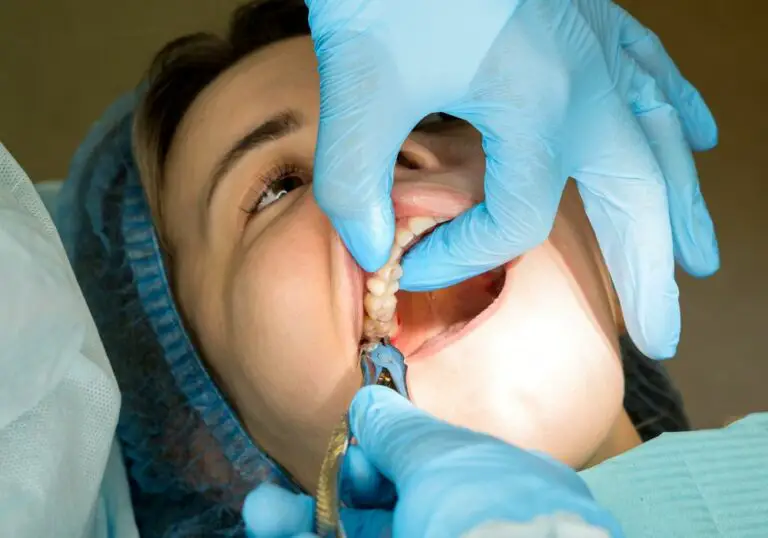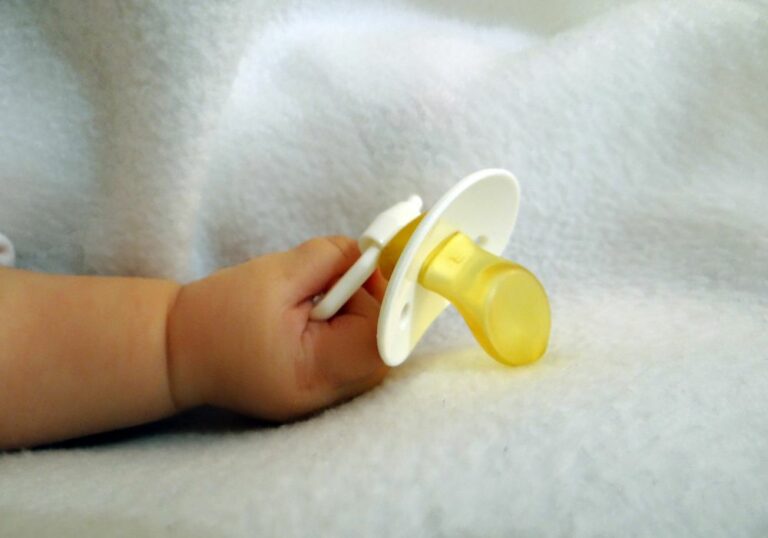Like humans, cats require regular care to keep their bodies in tip-top shape. Vaccinations and regular exams are a major part of this, but it’s up to you to maintain proper care in between.
Part of this involves keeping their teeth clean. You can buy a small brush and feline-formulated toothpaste, but many cat owners find their furry friend is not happy to roll over and let them brush away.
In this guide we explore different tools you can use instead of brushing your cat’s teeth. Like human tools, they won’t be as effective, but they’re better than doing nothing at all.
Why Cleaning Your Cat’s Teeth is So Important
Before cats trained us to wait on them hand and foot, their diet and hunting habits looked a lot different. As they ate live prey in the wild, cutting through raw meat and gnawing on bones did a decent job of keeping their teeth clean.
They no longer need to hunt for every meal, but the complete diets that we feed them aren’t nearly as good at keeping teeth clean. There’s less risk of contamination, but you need to look out for issues like:
- Tooth decay
- Plaque and tartar
- Oral infections
- Gingivitis
- Periodontitis
When a cat’s mouth is compromised, it affects all areas of its life. They may eat less or not at all, and they may stop cleaning themselves. Mouth sores can interfere with communication, and infections can spread to other areas of the body.
To keep your cat as happy and healthy as possible, you want to do what you can (and what they will allow) to keep their teeth clean.
How to Keep Cat’s Teeth Clean Without Brushing?
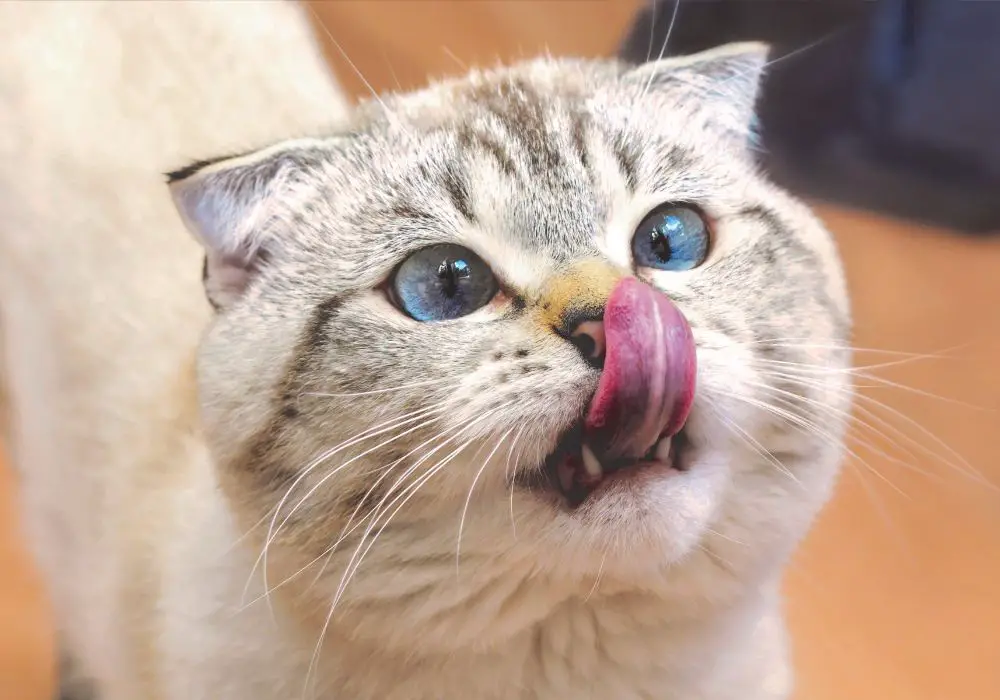
While brushing your cat’s teeth is the most effective way to keep them clean, you can also utilize:
- Oral care cat food
- Dental chews
- Cat toys that prioritize oral health
- Cat-friendly water additives, oral gels, and sprays
These tools vary in efficacy and ease of use, and what works for one person (and their cat) may not be the best for someone else. We suggest that you think about your lifestyle and your cat’s preferences to determine which fits your situation best.
Keeping your cat’s veterinarian in the loop unlocks professional insight to the situation. Most understand how difficult it can be to brush regularly, and they’ll let you know the current condition of your feline friend’s mouth and recommend some tried and true tools.
1. Oral Care Cat Food
A dental diet is one of the easiest ways to clean teeth without much time or effort on your part. Your veterinarian may recommend a specific brand (such as Royal Canin or Hill’s) based on your cat’s needs, but they operate in similar ways.
Cat food designed for oral care has larger pieces that force your pet to chew them up (instead of potentially swallowing them whole). Because the pellets are denser than normal cat food, they won’t crumble as soon as your cat chows down.
While it’s not the same as brushing, dental care diets allow the tooth to sink into the kibble and “wipe” bacteria off the tooth’s surface. Some ingredients calcium binding to the teeth and slows the formation of tartar, although you’ll need to keep up with regular vet visits to monitor the outcome.
Because these are formulated as complete diets, you can simply swap your cat’s current food routine for this and call it a day. Because they can be more expensive, some owners prefer to use these as daily dental treats to unlock some of the benefits.
Regardless of what you decide, make sure you serve the food dry; hydrating the dry kibble compromises the abrasive texture needed to clean teeth surfaces.
Dental Chews for Cats
When you think of dental chews, you probably picture the dense sticks lined up on supermarket shelves for canines. Cats aren’t fans of gnawing on a single treat for an extended period, so their dental chews look a bit different.
Like the dental food, these cat chews are larger in size and have a special formula to prevent crumbling. Their porous texture allows the teeth to sink in, and the treat removes plaque as the cat consumes.
The treats may be more enticing to your cat because they come in a number of flavors, including:
- Liver
- Chicken
- Beef
- Salmon
They contain ingredients like hexametaphosphate, glycerin, calcium sulfate, and red iron oxide to clean the tooth surface while also freshening breath.
Dental cat treats are also less expensive to try out than kibble, and they can be an effective way to keep the tooth surface clean without fussing around in your pet’s mouth.
2. Cat Toys that Clean Teeth
Even if your cat turns their nose up at any toys you present them with, you may find something alluring that improves their dental health. This is especially helpful if you have a cat that’s already on a special diet or a cat that’s picky about what they eat.
Like dental diets, toys designed to keep a cat’s mouth clean mainly focus on removing plaque and getting rid of food particles. They also give your cat a new opportunity to relieve stress or boredom, meaning you can solve two problems at once.
Dental-specific toys are usually covered in a soft-yet-abrasive material, like mesh, to ensure something rubs against those teeth and gums. Because they aren’t consumable, you should clean them regularly to make sure your cat isn’t chowing down on harmful germs.
Some of these toys rely on catnip stuffing to entice your cat, and they may lose their allure in a few short weeks. Look for refillable toys, learn to replace the filling on your own, or stock up when your cat finds their favorite.
3. Cat-Friendly Water Additives, Oral Gels, and Oral Sprays
Tools like water additives, gels, and sprays limit the work needed to clean kitty teeth. While they don’t replace a toothbrush and toothpaste, they help kill harmful bacteria and may target issues like bad breath.
Additives allow you to add a small portion to your cat’s water, although you can’t use them in tandem with a filtered cat fountain. You will also need to refresh the water daily, and your cat may reject the taste or smell.
Oral gels and sprays are a bit more intense because you still need to access your cat’s mouth to apply them. Once they’re on the tooth surface, your cat may lick their teeth and spread the beneficial formula around.
There are plenty of water additives, oral gels, and sprays on store shelves that claim to target bad breath and keep cats teeth clean, but we only recommend those with a Veterinary Oral Health Council (VOHC) Registered Seal.
The seal indicates that the products meet certain efficacy standards as they remove plaque and tartar from your cat’s teeth. You can use them in tandem with treats and toys to benefit your cat’s oral health, although you should only offer one tool at a time.
How Veterinarians Help Keep Cat’s Teeth Clean
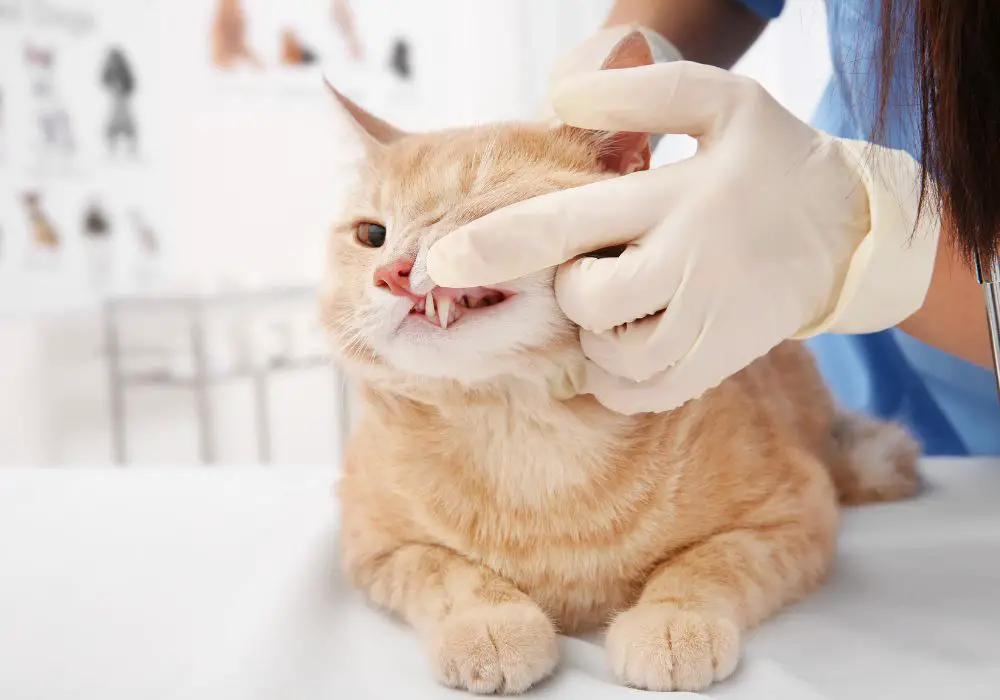
Even if brushing isn’t part of your daily routine, you should take your cat in for regular dental checkups. Your veterinarian will evaluate the condition of their mouth to make sure there are no issues and let you know how well your supplemental routine is working.
Veterinarians will also check for issues that show up in even the cleanest of cats’ mouths. Certain genetic conditions pop up regardless of hygiene habits, and problems like oral resorptive lesions don’t seem to care whether you brush their teeth or not.
If there is a significant dental problem, your cat’s veterinarian will let you know how best to move forward. You may need to adjust the current dental care routine, prepare for an extraction, or utilize dental medication to treat infection or irritation.
In most cases, your cat’s vet will check over their mouth at their normal checkup anyway. If it’s something you’re worried about, make sure you bring it up.
Brushing is Still Best
We understand that you’re probably here because brushing seems like an unattainable goal. Cat’s aren’t fans of letting someone poke around in their mouth, let alone scrub their teeth.
Still, we recommend brushing whenever possible. A cat-specific toothpaste and toothbrush is the most effective tool at removing the bacterial colonies that will eventually become tartar, even if you use every tool in this guide. Even brushing once a week is better than nothing, although at least once every 48 hours is ideal.
If you have a young cat, try small steps to get them used to it now. Get a tasty toothpaste and use the tube as a treat, letting them lick it up (in moderation). After a while, you should be able to manipulate it into their mouth with little protest.
After they’re used to this with your bare finger, use cloth or gauze to rub it onto the front of their teeth. Once this is solid, move to a toothbrush or finger brush (or stick with the cloth).
Conclusion
Keeping a cat’s teeth clean without brushing revolves around using the right tools. Consider your cat’s personality and choose what you think would appeal to them the most.
It can take a bit of trial and error, but don’t give up. Good oral health is important for keeping your cat healthy and comfortable, and there’s at least one solution for every situation.
If you’re stuck, comment here or collaborate with your veterinarian to create an effective dental care plan.

